By Emily Dings
A home should be a place of respite and ease, a place to unwind from the stresses of the outside world. But for many amputees, traditional homes present the same obstacles that can make the outside world difficult to navigate. Smart homes, which are custom made for the user and often operate using advanced technology, offer an attractive alternative.
The term smart home can mean different things in different contexts, but for amputees a smart home typically includes a spacious floor plan that allows for easy navigation in a wheelchair, accessible bathrooms and kitchens, and automated features such as doors that can be opened remotely with an iPad or other device. As one might expect, however, a house with ample square footage and high-tech features doesn’t come cheap. Recognizing that our nation’s veterans have a high rate of multiple limb loss and could benefit greatly from smart homes, two foundations have made it their mission to build custom-made, mortgage-free homes for amputee veterans.
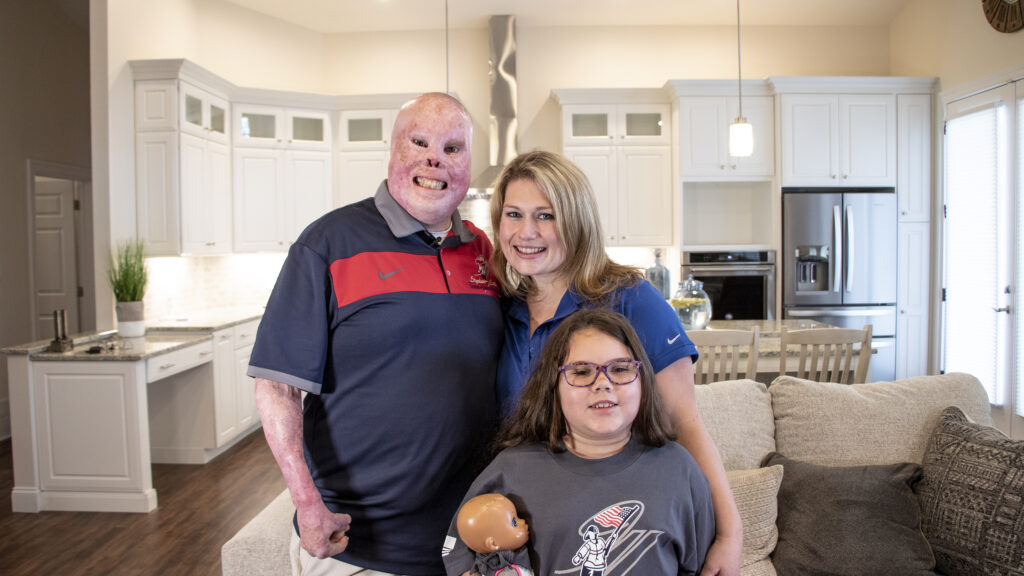
The Stephen Siller Tunnel to Towers Foundation was founded to honor Siller, a firefighter who died in the 9/11 attacks. Through its Smart Home Program, the foundation has been building custom homes for veterans and their families since 2011. Based in Staten Island, New York, it has built or is in the process of building more than 85 homes.
One recipient is retired Army Sgt. Rick Yarosh, who suffered grave injuries when serving in Iraq. His patrol vehicle was hit by an IED and burst into flames, leaving Yarosh with burns over half of his body. He lost most of the functionality in his hands and had to have his right leg amputated below the knee.
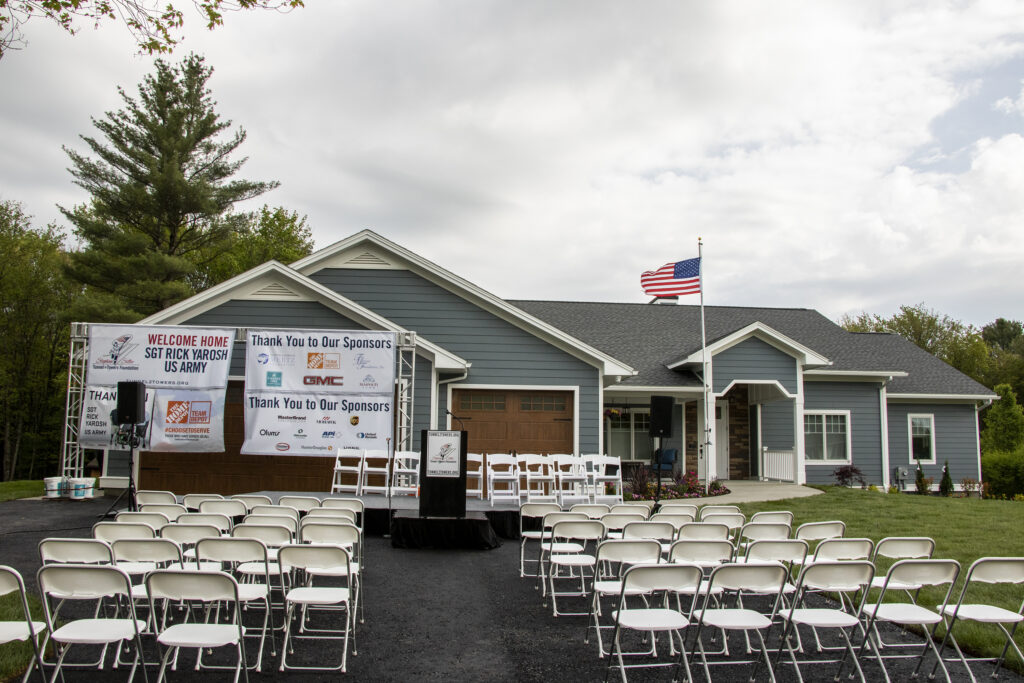
Yarosh and his family had been preparing to build a new home themselves when they received a call from John Ponte, senior director of the Smart Home Program. Ponte had reached out before, but Yarosh felt uncomfortable accepting a gift of this magnitude. Ponte urged him to reconsider. Tunnel to Towers could help the Yaroshes make this the perfect home in their desired location of Vestal, New York, and cover the entire mortgage, Ponte said.
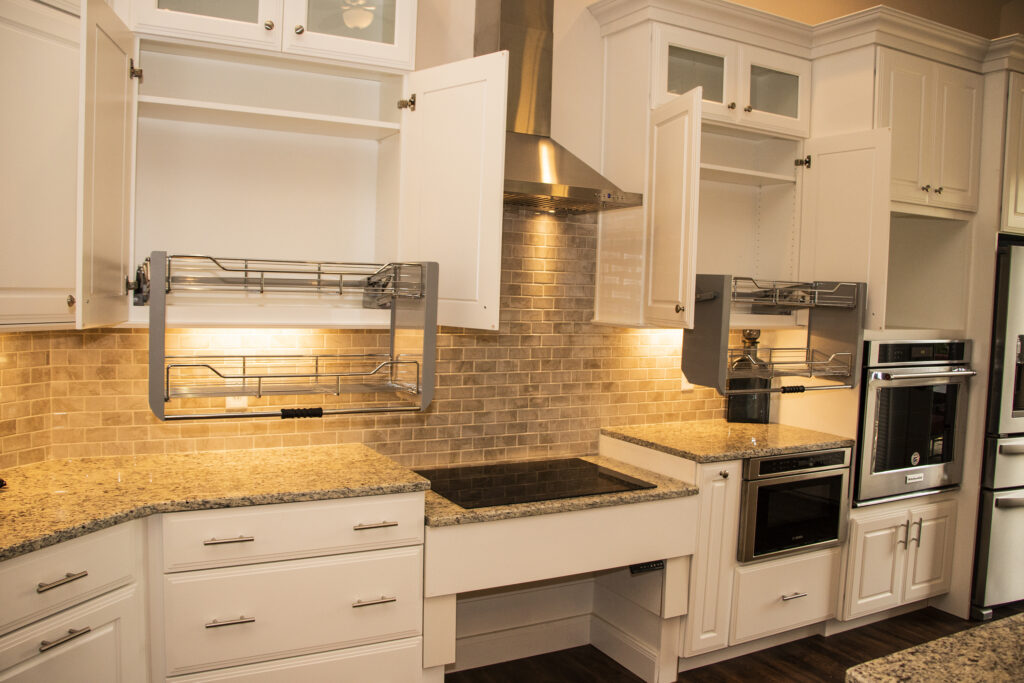
The foundation has developed a core model for its smart homes but allows for a high degree of customization as well. Typically a single floor with a minimum of 2,400 square feet, the homes are designed to allow ease of movement along hallways and in and out of rooms. They include automated features such as the ability to open doors, raise and lower blinds, and turn lights on and off using iPad controls or a key fob.
Yarosh says that some features he didn’t think he would use have become some of his favorites, such as the automatic stove lift. In his previous home, when he cooked he would stand on his left leg and balance his amputated leg on his wheelchair. Now, the ability to raise and lower the stove offers ease and stability as he makes his favorite Italian dishes. “You don’t know what makes things easier until you see them and use them,” he adds.
Not having to worry about paying a mortgage has been a game changer as well. Having the home paid for has opened the door for the Yaroshes to fulfill many dreams, including becoming foster parents to an infant daughter and buying a pizza restaurant that has been in his wife Amy’s family for 19 years.
Receiving a smart home has also been life altering for retired Army Sgt. Stefan LeRoy, who lost both his legs in an IED blast in Afghanistan. His Jupiter, Florida, adapted home was provided by the Gary Sinise Foundation’s R.I.S.E. Program. Sinise, who frequently visits veterans of the Afghanistan and Iraq wars at Walter Reed National Military Medical Center, founded the program in 2012. To date, they have built 65 houses from scratch.

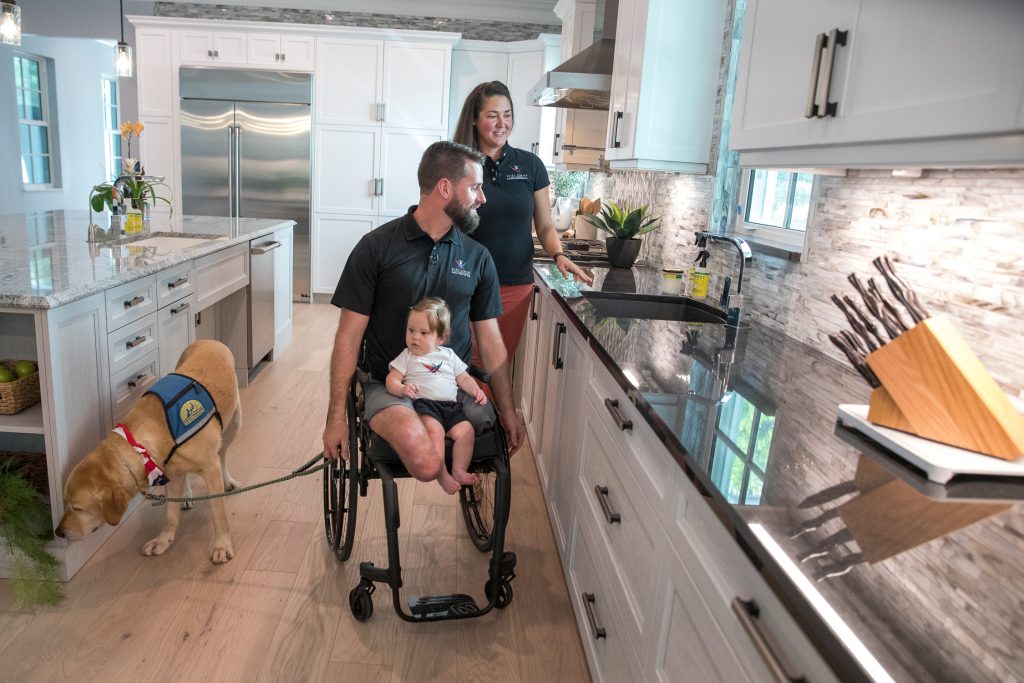
Prior to moving into their home in December 2019, LeRoy, his wife Katie, and their infant daughter had been living in a two-bedroom apartment with poor accessibility. The LeRoys knew it would not work for them in the long term and applied to the R.I.S.E. Program. An avid runner and handcyclist, LeRoy received the good news from Sinise himself that his family would be receiving a smart home when LeRoy visited the foundation’s headquarters in Los Angeles after running the LA Marathon. The LeRoys’ smart home has brought a welcome sense of security and offered the family more opportunities for togetherness. The spacious kitchen lets them cook together, and the accessible bathroom design has allowed LeRoy to give his daughter a bath for the first time. He also points out that the R.I.S.E. Program creates homes with all family members’ needs in mind, as the builders created a bedroom nook for his service dog to sleep in.
LeRoy notes that it’s important for amputees to consider their future as well as present needs when building a home. Although he has had periods of being a near full-time prosthetic user and hopes to reach that point again, he has been a full-time wheelchair user since October 2019. Knowing that his entire home is navigable in either case provides him with the peace of mind to concentrate on life goals, such as returning to college for legal studies. “I feel free to pursue the career I want, without focusing on needing to be somewhere different,” he says.
Videos of home dedications on the foundations’ websites prove that smart homes have what it takes to be amputees’ forever homes. If you or someone you know might qualify, contact the foundations below for more information.
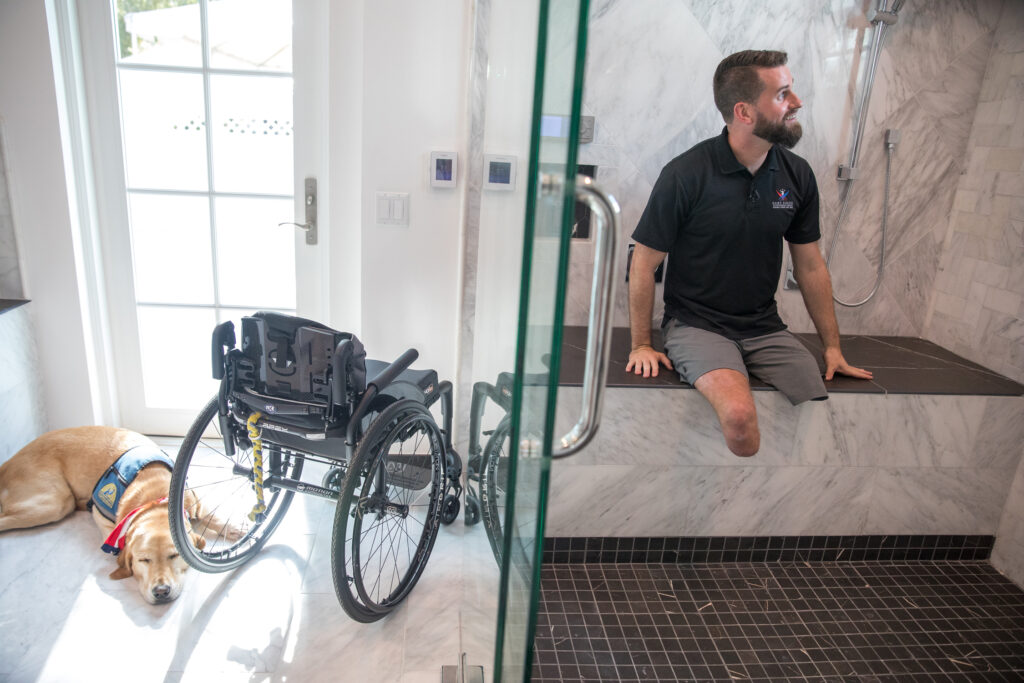
RESOURCES
Smart Home Program
718-987-1931
R.I.S.E. Program
888-708-7757
TOP IMAGE: Stefan LeRoy, his wife, Katie, and his service dog at their smart home dedication. Image courtesy of Gary Sinise Foundation.



